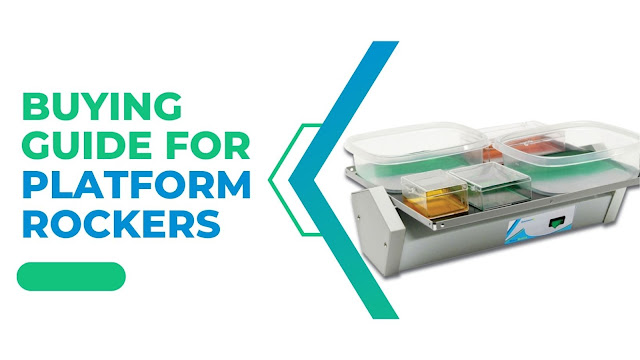Everything You Need to Know About Desiccator Cabinets

Specifically designed to possess a low-humidity aura for moisture-prone fragile items, Desiccator cabinets are also known as nitrogen dry boxes or nitrogen desiccator cabinets. These are often giant units with considerable compartments. These modest yet remarkable cabinets have revolutionized storing sensitive materials, safeguarding their quality and usability. Whether in a laboratory, industrial setting, or even within the confines of a collector's chamber, Desiccator Cabinets play a pivotal role in maintaining the purity and longevity of a wide array of items. In this blog, we delve into the construction, applications, and absolute charm of these ingenious storage solutions. Construction The Desiccator cabinets are sealable chambers that retain nitrogen gas. As mentioned, these are used to avert reflexes between moisture-prone materials and atmospheric humidity. These are composed of a plethora of materials, including Clear acrylic, highly polished Stainless steel, Static-diss...





